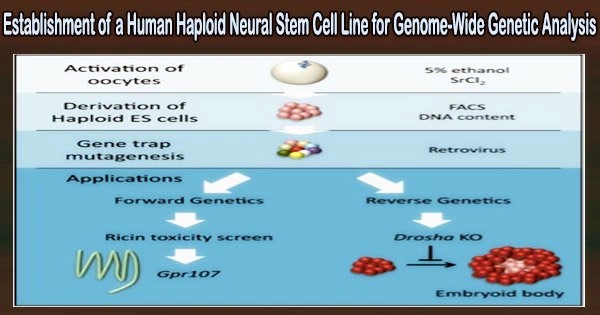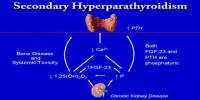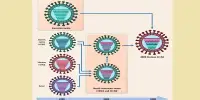In numerous animals, haploid embryonic stem cells (haESCs) have been developed. Due to spontaneous diploidization during differentiation, which weakens lineage-specific screens, mammals lack differentiated haploid cell line types.
In order to do lineage-specific screens, a research team recently set out to produce human haploid neural stem cells (haNSCs). The research is published in the World Journal of Stem Cells.
Human haNSCs were differentiated from human extended haESCs with the help of Y27632 (ROCK signaling pathway inhibitor) and a series of cytokines to reduce diploidization. HaNSCs underwent neural differentiation in order to assess their neural differentiation potential.
A comparative investigation of the global gene expression of haNSCs, diploid NSCs, and haESCs was performed. To determine how quickly extended haESCs and haNSCs become diploid, fluorescent activated cell sorting was used. The value of human haNSCs as genetic screening tools was assessed using genetic modification and screening.
In extended pluripotent culture media, human haESCs demonstrated more compact and smaller colonies, increased neural differentiation efficiency, increased cell survival ratio, and increased stability in haploidy maintenance. These characteristics effectively facilitated the derivation of human haNSCs.
These human haNSCs can be produced by differentiation and long-term multipotency to neurons and glia in vitro. After PiggyBac transfection, there were multiple insertion sites in the human haNSCs’ genome, and the insertion sites were evenly spread across all chromosomes.
We were also able to create a list of manganese-induced toxicity genes when the cells were exposed to the metal, proving their value as genetic screening tools.
This is the first account of a human haploid somatic cell line created with a full genome, proliferative capacity, and brain differentiation capacity that serves as a cell source for drug screening and recessive inheritance.
In numerous genetic screening and preclinical research, human embryonic stem cells are employed. The best cells to use for genetic testing are haploid ones. No human haploid somatic cell lines have been successfully developed up to this point.
By adjusting the growth media, the researchers were able to transform human haploid embryonic stem cells into an extended pluripotency state. The proliferating haploid neural stem cells can preserve their multipotency and produce functioning neurons and glia.
Additionally, it is simple to carry out gene editing on the haploid brain stem cells to produce a large number of homozygous mutations for lineage-specific screening.
















